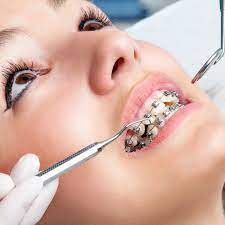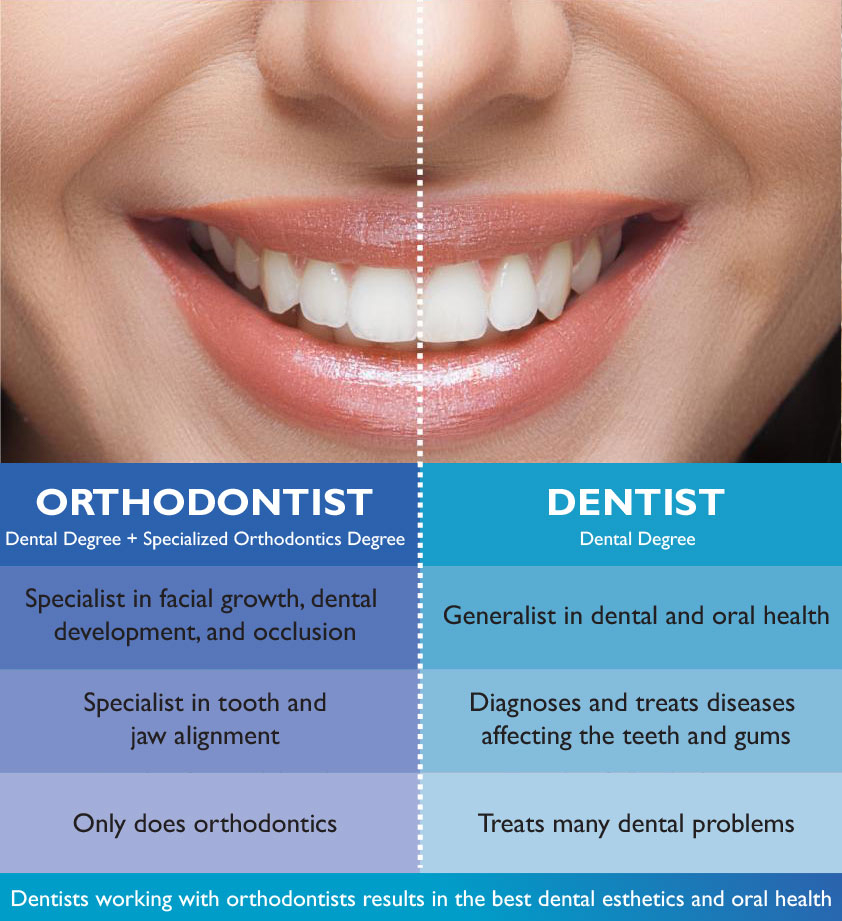Our Causey Orthodontics Statements
Causey Orthodontics for Beginners
Table of ContentsRumored Buzz on Causey OrthodonticsThe 2-Minute Rule for Causey OrthodonticsThe Causey Orthodontics IdeasExamine This Report about Causey OrthodonticsCausey Orthodontics for Beginners
Neglecting occlusal connections, it was regular to remove teeth for a range of oral concerns, such as malalignment or congestion. The idea of an undamaged teeth was not widely valued in those days, making bite relationships seem pointless. In the late 1800s, the concept of occlusion was essential for producing trusted prosthetic replacement teeth.As these principles of prosthetic occlusion advanced, it ended up being a vital device for dental care. It was in 1890 that the work and effect of Dr. Edwards H. Angle began to be really felt, with his contribution to contemporary orthodontics especially notable. Initially concentrated on prosthodontics, he educated in Pennsylvania and Minnesota before routing his attention in the direction of oral occlusion and the therapies required to maintain it as a regular problem, thus ending up being understood as the "dad of modern orthodontics".

The principle of ideal occlusion, as proposed by Angle and integrated into a category system, made it possible for a change in the direction of dealing with malocclusion, which is any kind of discrepancy from regular occlusion. Having a full set of teeth on both arches was highly looked for after in orthodontic treatment because of the demand for specific connections between them.
The Main Principles Of Causey Orthodontics
As occlusion came to be the essential top priority, facial percentages and aesthetic appeals were disregarded - orthodontist services. To achieve suitable occlusals without using outside forces, Angle postulated that having excellent occlusion was the very best method to obtain optimal face visual appeals. With the death of time, it came to be rather obvious that even a remarkable occlusion was not ideal when thought about from a visual perspective
It came to be evident that orthodontic treatment can readjust mandibular growth, bring about the development of useful jaw orthopedics in Europe and extraoral pressure steps in the US. These days, both functional appliances and extraoral tools are used around the globe with the objective of modifying growth patterns and forms. Consequently, seeking true, or at least improved, jaw partnerships had actually ended up being the main purpose of therapy by the mid-20th century.
Top Guidelines Of Causey Orthodontics
 The American Journal of Orthodontics was developed for this purpose in 1915; before it, there were no clinical objectives to comply with, neither any exact classification system and brackets that did not have features. Up until the mid-1970s, braces were made by covering metal around each tooth. With innovations in adhesives, it became feasible to instead bond steel brackets to the teeth.
The American Journal of Orthodontics was developed for this purpose in 1915; before it, there were no clinical objectives to comply with, neither any exact classification system and brackets that did not have features. Up until the mid-1970s, braces were made by covering metal around each tooth. With innovations in adhesives, it became feasible to instead bond steel brackets to the teeth.This has had significant impacts on orthodontic therapies that are provided regularly, and these are: 1. Appropriate interarchal connections 2. Appropriate crown angulation (pointer) 3.
The advantage of the layout lies in its brace and archwire mix, which needs just marginal wire flexing from the orthodontist or clinician (family orthodontics). It's appropriately called after this attribute: the angle of the port and thickness of the bracket base ultimately figure out where each tooth is located with little requirement for extra control
Indicators on Causey Orthodontics You Should Know
Both of these systems utilized similar braces for each tooth and required the flexing of an archwire in 3 planes for situating teeth in their desired placements, with these bends dictating ultimate positionings. When it concerns orthodontic appliances, they are separated into 2 types: detachable and taken care of. Detachable devices can be handled and off by the patient as needed.

Hence, nearly all modern set home appliances can be considered variants on this edgewise home appliance system. Early 20th-century orthodontist Edward Angle made a major contribution to the globe of dental care. He created 4 unique appliance systems that have actually been used as the basis for several orthodontic treatments today, preventing a few exemptions.
Not known Facts About Causey Orthodontics

The cord finished in a thread, and to move it forward, an adjustable nut was made use of, which enabled for a boost in circumference. By ligation, each specific tooth was connected to this expansive archwire (orthodontist near me). As a result of its restricted series of activity, Angle was not able to achieve exact tooth positioning with an E-arch
These tubes held a firm pin, which might be repositioned at each appointment in order to relocate them in position. Referred to as the "bone-growing home appliance", this contraption was supposed to encourage healthier bone development due to its possibility for transferring pressure directly to the origins. Implementing it confirmed problematic in fact.